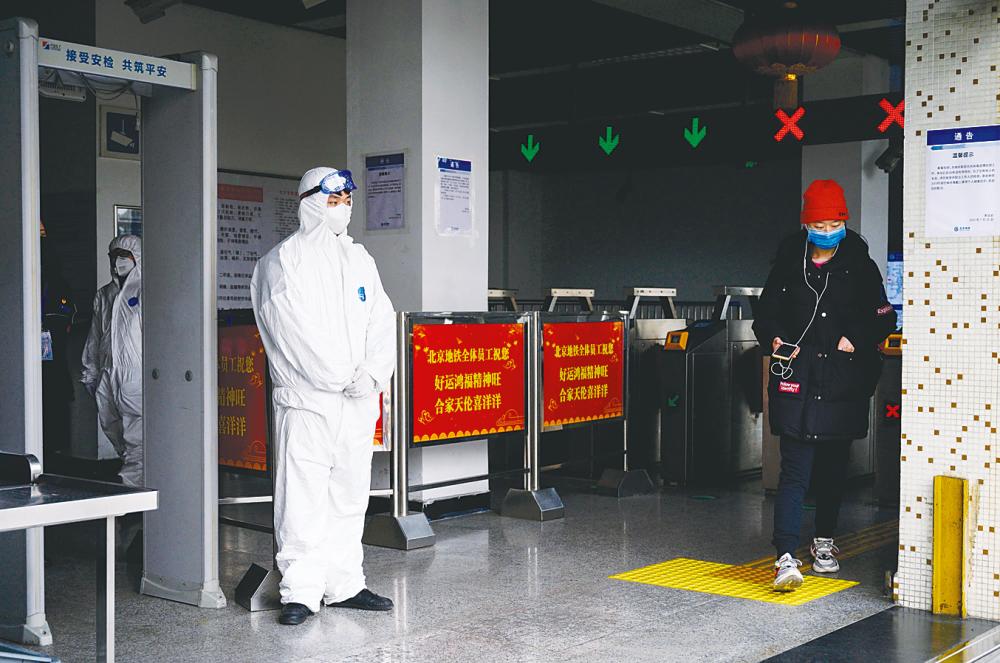PLAGUES from the East are nothing new. The Black Death and other epidemics arrived in Europe from China during the 1300s, killing a large percentage of its population. At the end of World War I, another pandemic, wrongly called the Spanish flu, killed an estimated 18-50 million people in Europe and North America.
Seventeen years after the SARS virus killed some 800 people in China and Canada and terrified the entire world, a new plague threatens the West: the Wuhan coronavirus.
Officially named 2019-nCoV, the virus has so far infected over 4,474 (at press time) people in China. This plague erupted in the central Chinese city of Wuhan, population 11 million, which is an important hub for national communications.
Like SARS, the Wuhan virus is believed to have come from a live animal market that specialises in exotic animals. Serving exotic animals at dinner parties is a big status symbol in China. Sometimes they are even served while still alive.
Keeping large numbers of captive animals crammed together in cages with poor ventilation and no cleaning is an ideal vector for viral diseases. Each year, China consumes 730 million pigs. Fifty per cent of China’s factory farmed pigs have so far contracted lethal swine flu. Rising living standards have boosted demand for pork.
I have seen how China raises and transports pigs. It’s brutal.
And it’s not just China. Pigs in North America are treated almost as badly. A woman where I live was actually jailed and prosecuted for having given water to a truckload of thirsty, starving, terrified pigs on the way to the slaughterhouse.
In North America, animals destined for slaughter are packed together and then dosed with heavy antibiotics to combat communicable diseases from over-crowding and mistreatment.
When the SARS epidemic erupted in South China 17 years ago, the Chinese communist party tried to hush up the crisis, allowing infected people to travel to North America and Europe.
This time, China did the right thing by jumping hard on the epidemic: shutting down all air, sea and land communications with the greater Wuhan region and 14 smaller cities – right in the middle of China’s huge new year celebrations when over 400 million people return to their homes. The epidemic could not have come at a worse time.
Some Wuhan residents have already flown to other parts of Asia and North America. Simply checking incoming air travellers for fever will not prevent the virus from spreading or identify passengers who have contracted and are developing the illness.
A better solution would be to quarantine all people arriving from Central China and even bar airlines coming from there until we better understand the new virus.
China must also be pressed to cease its dangerous, inhumane trade in exotic wild animals and urged to treat all animals with humanity and care. China is a major cause of species loss. Aside from a few brave animal rights groups, there is very little consciousness of our animal neighbours in China or understanding that animals are sentient beings with emotions similar to those of humans. The Chinese are one of the most intelligent people on earth. Yet when it comes to animals, all they see is walking food.
As I’ve seen on my travels across China, it has made great strides in public sanitation and cleanliness as well as planting trees. Now, it’s time to stop abusing animals or the plagues will keep coming.
Eric S. Margolis is a syndicated columnist. Comments: letters@thesundaily.com













